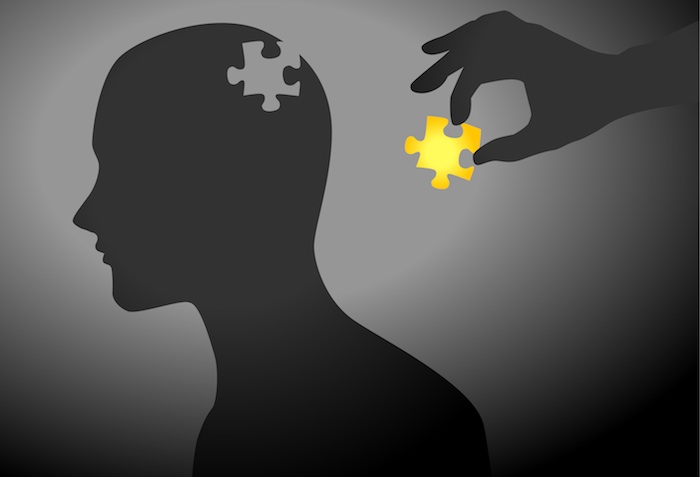As if having bipolar disorder isn’t difficult enough, you now risk being a target for overzealous cops. Last Thursday, a 16 year old girl with a knife was shot by three cops in the lobby of the police station:
When Officers arrived they were confronted by a white female who threatened them. The suspect brandished a weapon, made threatening movements toward the officers and was shot. The suspect was transported to Good Shepherd Medical Center where she were pronounced dead by a Justice of the Peace. The Texas Rangers have been called in to investigate this shooting.
Coignard had been living with her aunt, Heather Robertson, who told ThinkProgress that the girl struggled with depression and bipolar disorder and had previously attempted suicide several times. “I think it was a cry for help,” said Robertson about her niece’s actions. “I think (police officers) could have done something. They are grown men. I think there is something they are not telling us.”
 Yes, there is undoubtedly something else they could have done. This was a mentally disturbed teen-age girl with a knife. They could have retreated, called for some help to try to talk her down or even used a taser if they really felt afraid for their lives. But why should they bother? This is easier.
Yes, there is undoubtedly something else they could have done. This was a mentally disturbed teen-age girl with a knife. They could have retreated, called for some help to try to talk her down or even used a taser if they really felt afraid for their lives. But why should they bother? This is easier.
Remember, these cops have very tough jobs. We can’t second guess their actions even when it might seem obvious to anyone with half a brain and the tiniest common sense that there might be other options besides opening fire on a disturbed teenage girl inside a police station. (Not!)
Look, I get that mentally disturbed people can pose a serious threat to the public. A 2013 joint report by the Treatment Advocacy Center and the National Sheriffs’ Association found that while no national data is officially collected on fatal police shootings of the mentally ill, “multiple informal studies and accounts support the conclusion that ‘at least half of the people shot and killed by police each year in this country have mental health problems’”
A third of “justifiable homicides”, the study found, could be characterized as “suicide-by-cop”, and many victims were not taking their medications nor under close supervision by mental health agencies.
But again, this was a girl with a knife.
For what its worth, the National Alliance on Mental Illness (NAMI) strives to increase awareness and understanding of the mentally ill through its partnership with the University of Memphis Crisis Intervention Training Program.
But within the law enforcement population, much is still to be done.
Crisis Intervention Training (CIT)—with a 40-hour curriculum—is the most comprehensive police officer mental health training program in the country. According to Laura Usher, CIT program manager at NAMI headquarters in Arlington, Virginia, there are crisis intervention training programs in 45 states as well as the District of Columbia. (States without programs are Delaware, West Virginia, Alabama, Arkansas, and Rhode Island.)
While there are multiple CIT programs within some counties, many states are barely on the map in terms of the number of counties within each state that have programs. Most states only have CIT programs in only one or two counties.
Most law enforcement agencies can’t afford to train everyone. They’d have to pay someone else overtime, and that can be a big expense. As a result, many police departments prefer to train only a few specialized officers to deal with crisis issues, rather than making mental health training mandatory.
And that’s how 16 year old girls who need help. end up getting shot by government employees.
UPDATE: The hacking group known as Anonymous, in a video posted on Saturday, cited Coignard’s death as the impetus for a new operation called Stop Lethal Force on Children.
“In 2014, we watched as police killed children and it started a army [sic] of angry Americans,” the group said. “This teen girl’s death just put fuel on that fire.”

